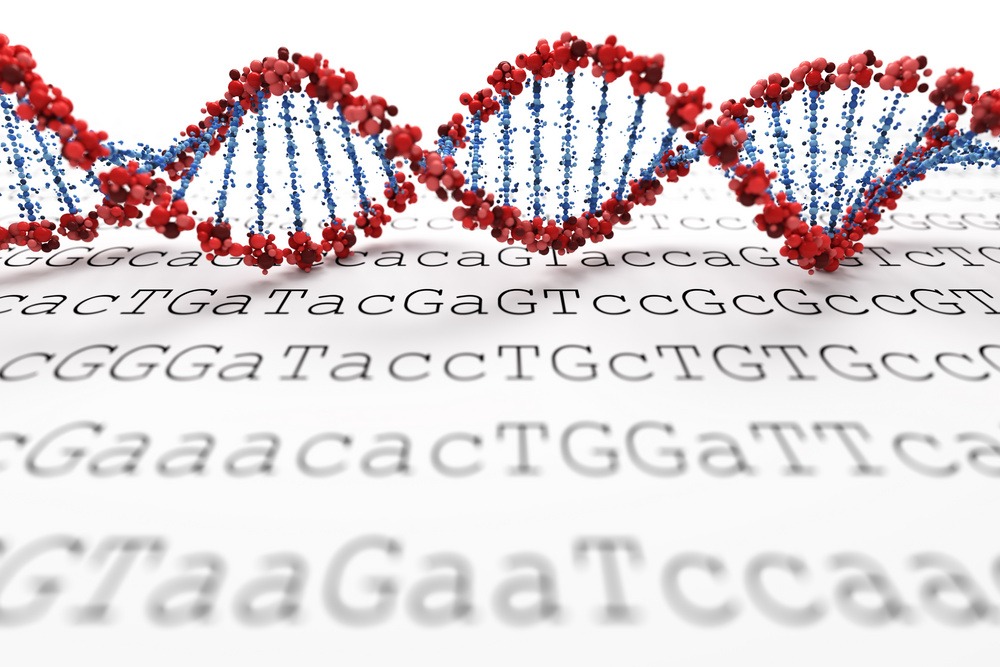Over the past few decades, scientists have made incredible progress in understanding the human genome through DNA sequencing technology. Traditional Sanger sequencing revolutionized genetic research and helped complete the Human Genome Project in the early 2000s. However, these early sequencing methods were slow, expensive and labor-intensive. Today, new DNA sequencing technologies known as Next Generation Sequencing have accelerated genomic research and transformed our understanding of life at a molecular level.
How Does Next Generation Sequencing Work?
Traditional Sanger sequencing required amplifying and analyzing individual DNA fragments one at a time in a sequential order. In contrast, Next Generation Sequencing allows scientists to sequence millions of DNA fragments simultaneously in a massively parallel process. Here is a brief overview of the Next Generation Sequencing workflow:
1. DNA is isolated from samples and fragments into short pieces via fragmentation.
2. Adapters are added to the ends of DNA fragments to allow incorporation into the sequencing platform.
3. DNA fragments are immobilized onto a glass slide, plastic flow cell, or beads.
4. Millions of DNA clusters are generated through bridge amplification or emulsion PCR amplification methods.
5. Fluorescently labeled nucleotides are added and imaged during the sequencing-by-synthesis process to determine the DNA sequence of each cluster.
6. Sophisticated computer algorithms analyze the fluorescent light signals and assemble the short reads into longer contiguous DNA sequences or contigs.
The ability to sequence DNA in a highly efficient massively parallel process is what differentiates Next Generation Sequencing from previous methods and has revolutionized genomic research capabilities.
Applications in Genomics and Medicine
The advent of inexpensive and high-throughput Next Generation Sequencing has enabled applications not possible before in basic science, clinical medicine and biotechnology. Some important uses of Next Generation Sequencing include:
– Whole Genome Sequencing: Determining the complete DNA sequence of organisms. This has provided invaluable insights into human genome variation, disease mechanisms and evolution.
– Transcriptome Analysis: Sequencing entire sets of RNA molecules (transcripts) produced by genomes to understand gene expression patterns in health and disease states like cancer.
– Epigenomics: Mapping DNA methylation and histone modifications involved in regulating gene expression without altering the DNA sequence. This gives insights into environmental influences on health.
– Cancer Genomics: Identifying genetic mutations, copy number variations as well as microbiome composition involved in cancer initiation and progression. This enables new targeted and personalized treatment approaches.
– Infectious Disease Research: Tracking evolution and transmission of viruses, bacteria and parasites in outbreaks by comparing whole pathogen genomes. This aids public health surveillance and response.
– Noninvasive Prenatal Testing: Analyzing cell-free fetal DNA from a pregnant woman’s blood sample to screen for genetic abnormalities early in pregnancy with high accuracy and without medical risks.
Progress and Promise of Next Generation Sequencing
Over the last decade, DNA sequencing output and speed have increased exponentially while costs have dropped precipitously due to technological advances and economies of scale in production. Where sequencing an entire human genome cost over $3 billion in 2001, it can now be done for under $1,000. This 1000-fold decrease in costs has made Next Generation Sequencing accessible for routine clinical and research use globally.
Looking ahead, Next Generation Sequencing will continue driving extraordinary progress across medicine, agriculture and biotechnology. We are on the cusp of new personalized approaches to prevent, diagnose and treat diseases based on an individual’s unique genomic profile. Large population sequencing initiatives underway will provide invaluable insights into genetic, lifestyle and environmental factors influencing health and illness. Resources like gene editing tools will enable correcting genetic defects more easily.
At the same time, advancements depend on addressing ethical, legal and social issues around data sharing, privacy protection, potential for misuse and ensuring benefits reach all. If its applications are guided responsibly and its opportunities shared equitably, Next Generation Sequencing has the potential to revolutionize human well-being in inconceivable ways in the coming decades. The future of genomics and biomedical research is very bright indeed.
*Note:
1. Source: Coherent Market Insights, Public sources, Desk research
2. We have leveraged AI tools to mine information and compile it

